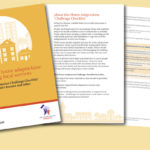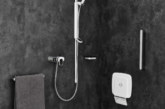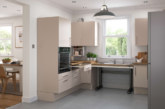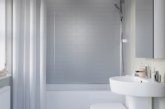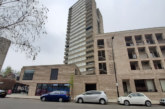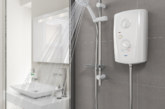Closomat says that a little care in supply chain selection can ensure best practice examples identified in a new checklist for local housing adaptations provision can be easily met.
Care & Repair England has written the ‘Help with Home Adaptations: Improving Local Services’ guide to help improve services so that delivery of independent living is made easier. It includes a digest of good practice delivery features, which include links to added value services, and fostering of a culture of continuous improvement.
“In reality, key elements of the good practice delivery are already easily available. It just depends on the source of supply for the products that are pivotal to delivery of a home adaptation,” says Robin Tuffley, Marketing Manager at Closomat, a company that provides a range of solutions to help empower people to retain their independence in the bathroom. “It is a fact of life that people change, and therefore an adaptation that met their needs when specified may fail to do so in part or completely within a short period of time. It makes sense therefore to ‘future-proof’ an adaptation, use equipment that adds value, and can evolve with the changing needs.
“It helps all involved if the source for that equipment is centred in the UK, with comprehensive tools to support the adaptation process, be it advice through to project management and subsequent maintenance.”

Closomat’s Palma Vita wash and dry toilet fulfils the equipment expectations, whether the adaptation is being self-funded or provided under public sector funding.
It is said to be the only WC of its kind that can be accessorised initially and retrospectively, so that it continues to enable people to deal with intimate hygiene independently, for as long as possible. In its basic form, it enables everybody — whether or not they require their home adapted — to go to the toilet with optimum hygiene and cleanliness. When people become less able to perform this ADL, the Palma Vita still enables them to be clean without the need for care intervention. As their condition deteriorates, addition of different operating mechanisms, seats, support systems, all continue to enable independent living, without care intervention in a very private activity.

